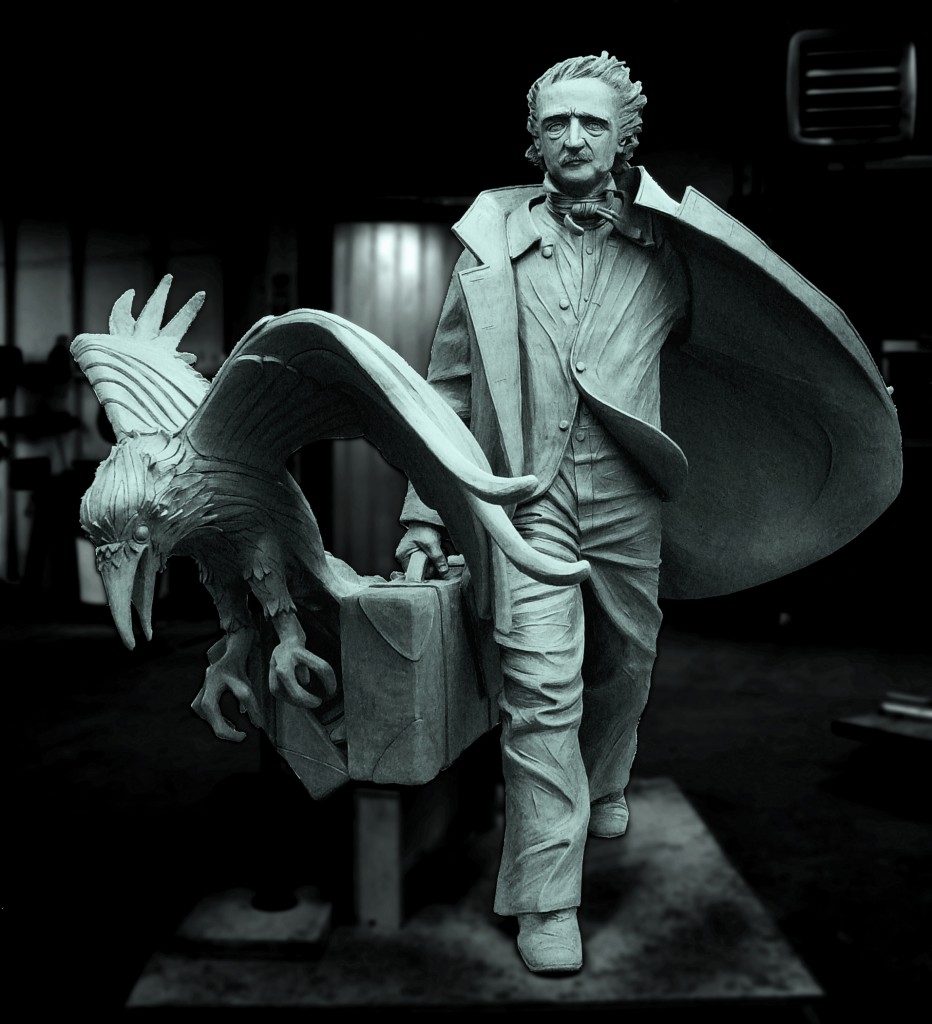
At a panel discussion hosted by the Boston Public Library on Thursday, October 2, some of Boston’s most literary minded engaged in a discussion with attendees about how the city is becoming a cultural epicenter for the entire country. Eve Bridburg, founder and executive director of the local writing workshop Grub Street, was among the panelists, representing the recently green-lit Literary Cultural District which, she mentioned, officially launches on Thursday night, October 2.
The subject of a Literary Cultural District in Boston has been a contentious one, with some throwing their overwhelming support behind the initiative which they see as a commemoration of Boston’s deep-seated literary history; however, others have cried foul noting that cultural districts, by definition and Massachusetts General Law, must enhance the property value within its bounds and has the potential to price out residents in and nearby it.
“We’re already in a very wealthy neighborhood so for us it’s not about urban transformation as much as civic pride and connective-ness all within the city around literary arts,” said Bridburg. “I do think there are important conversations to have about how unaffordable Boston is becoming.”
According to data compiled by both Zillow and local rental resource Jumpshell, the average rental price for a one-bedroom apartment in the Theater District, Chinatown, South End, Back Bay and Beacon Hill hovers just above (Zillow) or slightly below (Jumpshell) $3,000 per month, depending on which source you prefer.

“Cultural districts help cities brand themselves as cultural centers, cultural hubs and as an individual artist not directly connected with any organization, I think that’s a great thing,” posited Kate Balug, co-founder of Department of Play, a group that empowers youths with new technologies and methodologies to contribute to community arts. “What I’ve seen happen in Boston and other cities as cultural place-making has become very popular, is a lot more opportunities for artists abound. I do think that can benefit local organizations and artists.”
A map has been charted, as seen above, as to where the location of the Literary Cultural District will be but it’s not exclusive to those boundaries.
While this downtown Boston-centric location certainly encompasses many attractions that will help promote the district and entice locals and tourists alike to enjoy all it affords the public, Bridburg referred to the boundaries as “abstract” and “porous.” It’s not just about Boston, after all, it’s about the entire region.
The map, she described, is more of a framework and is more indicative of a walking tour. “But the idea is to really think about Cambridge and Somerville as well,” added Bridburg. “We’re interested in elevating the arts all over the city and the region.”
Thursday’s launch isn’t going to be an extravagant show. Rather, there will be a quiet, private get together but the official website will go live shortly thereafter. Bridburg noted that unfortunately they just didn’t have it in the budget for a full-on launch party. There’s also an exciting programming schedule for the weekend, including the unveiling of Stefanie Rocknack’s highly-anticipated life-sized statue of Boston-native Edgar Allan Poe, aptly dubbed Poe Returning to Boston.
And that’s just a taste of the kinds of events the Literary Cultural District will help stir. Writing workshops, poetry reads, historical tours, and book signings will soon become staples in Boston’s social calendar.
A mobile app is also in the works, though Bridburg admits she’s had her hands full putting the district together and securing the proper funding to get it off the ground. Larry Lindner, coordinator for the Literary Cultural District, told BostInno prior that the app, which likely won’t take shape until 2015, will help people navigate around and through the district in a broad sense.
The Massachusetts Cultural Council voted unanimously in favor of the district back in August.
